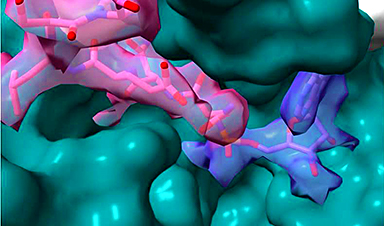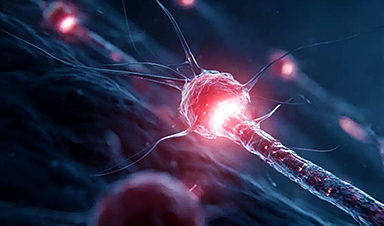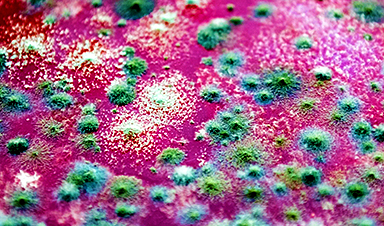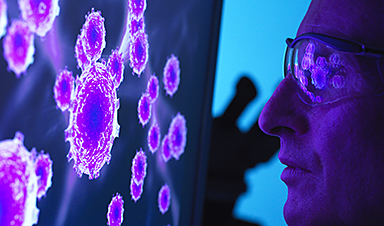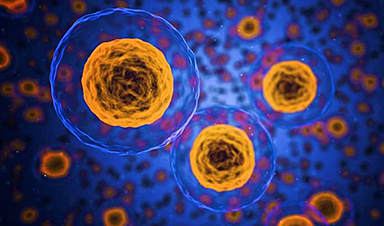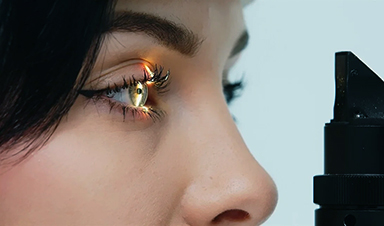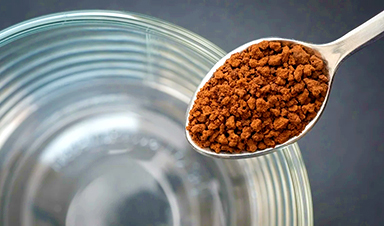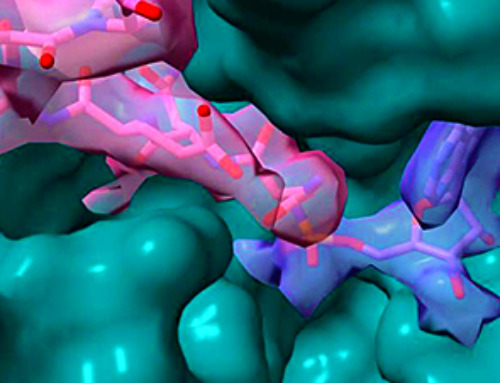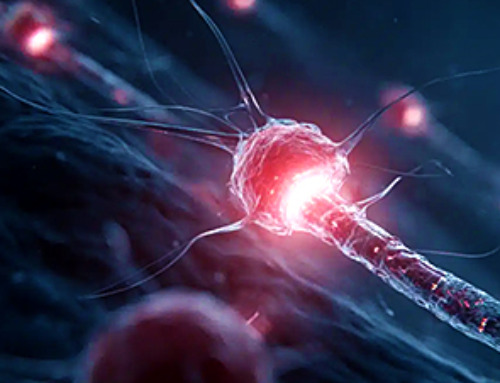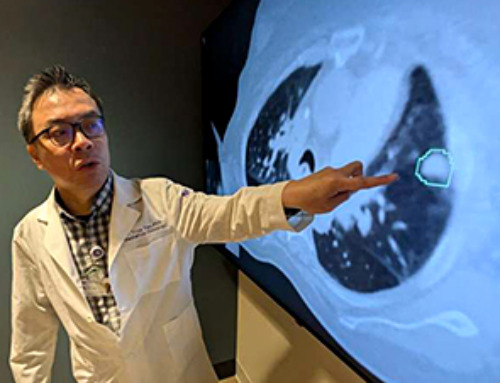Smoking and vaping impair vascular function, even without nicotine, with the most significant effects seen in nicotine-containing e-cigarettes. Researchers recommend avoiding both for better health.
Researchers have discovered immediate impacts of cigarette and e-cigarette smoking on vascular function, even in the absence of nicotine. Findings from the ongoing study were recently presented at the annual meeting of the Radiological Society of North America (RSNA).
E-cigarettes, also known as vapes, are battery-operated devices that heat a liquid to produce an aerosol, which is then inhaled into the lungs. Vapes contain significantly fewer chemicals and toxins than are found in tobacco smoke. As a result, e-cigarettes are believed by many to be less harmful than cigarette smoking. Vapes also come in various flavors, making them popular among young people.
Investigating the Immediate Impact of Smoking and Vaping
“E-cigarettes have long been marketed as a safer alternative to regular tobacco smoking,” said study lead author Marianne Nabbout, M.D., a radiology resident at the University of Arkansas for Medical Sciences in Little Rock. “Some believe that e-cigarettes don’t contain any of the harmful products, such as free radicals, found in regular tobacco cigarettes, because no combustion is involved.”
While vaping exposes users to fewer toxic chemicals than cigarettes, it can still be detrimental to vascular function and overall health.
In the study conducted at the University of Pennsylvania, Dr. Nabbout and colleagues sought to identify the acute effects on vascular function of cigarette smoking and the immediate effects of e-cigarette vaping, with and without nicotine.

A total of 31 healthy smokers and vapers ranging in age from 21 to 49 years have been included to date. In three separate sessions, study participants underwent two MRI exams, one before and one after each of the following smoking/vaping episodes: tobacco cigarette, e-cigarette aerosol with nicotine and e-cigarette aerosol without nicotine.
A cuff was placed on the upper thigh to restrict blood flow. Once deflated, femoral artery flow velocity (a measure of the speed of blood flow in the femoral artery) and venous oxygen saturation (a measure of the amount of oxygen in the blood that returns to the heart after supplying oxygen to the body’s tissues) were evaluated.
Cerebrovascular (blood flow in the brain) reactivity was measured with a special type of MRI called phase-contrast MRI.
Significant Decreases in Vascular Function
The data of the smokers and vapers was then compared to the baseline scans of 10 non-smokers and non-vapers ranging from 21 to 33 years old.
Following inhalation of each type of vaping or smoking, there was a significant decrease in the resting blood flow velocity in the superficial femoral artery. This artery runs along the thigh and supplies oxygenated blood to the entire lower body.
The decrease in vascular function was most pronounced after inhalation of e-cigarettes containing nicotine, followed by e-cigarettes without nicotine.
Decreased venous oxygen saturation was also present in vapers, whether or not the e-cigarettes contained nicotine. This suggests an immediate decrease in the uptake of oxygen by the lungs after vaping.
“This study serves to highlight the acute effects smoking and vaping can have on a multitude of vascular beds in the human body,” Dr. Nabbout said. “If the acute consumption of an e-cigarette can have an effect that is immediately manifested at the level of the vessels, it is conceivable that the chronic use can cause vascular disease.”
According to Dr. Nabbout, the take-home message for the public is that vaping may not be free of harm. “Ultimately, we are relying on science to help guide the regulation of such products in favor of public health,” she said. “Refraining from smoking and vaping is always recommended.”
Meeting: 110th Scientific Assembly and Annual Meeting of the Radiological Society of North America
This research project is supported by the National Institutes of Health.
Co-authors are Michael C. Langham, Ph.D., Alessandra Caporale, Ph.D., Shampa Chatterjee, Ph.D., Frank T. Leone, M.D., M.S., Andrew Strasser, Ph.D., Christiana Cottrell
News
Team finds flawed data in recent study relevant to coronavirus antiviral development
The COVID pandemic illustrated how urgently we need antiviral medications capable of treating coronavirus infections. To aid this effort, researchers quickly homed in on part of SARS-CoV-2's molecular structure known as the NiRAN domain—an [...]
Drug-Coated Neural Implants Reduce Immune Rejection
Summary: A new study shows that coating neural prosthetic implants with the anti-inflammatory drug dexamethasone helps reduce the body’s immune response and scar tissue formation. This strategy enhances the long-term performance and stability of electrodes [...]
Scientists discover cancer-fighting bacteria that ‘soak up’ forever chemicals in the body
A family of healthy bacteria may help 'soak up' toxic forever chemicals in the body, warding off their cancerous effects. Forever chemicals, also known as PFAS (per- and polyfluoroalkyl substances), are toxic chemicals that [...]
Johns Hopkins Researchers Uncover a New Way To Kill Cancer Cells
A new study reveals that blocking ribosomal RNA production rewires cancer cell behavior and could help treat genetically unstable tumors. Researchers at the Johns Hopkins Kimmel Cancer Center and the Department of Radiation Oncology and Molecular [...]
AI matches doctors in mapping lung tumors for radiation therapy
In radiation therapy, precision can save lives. Oncologists must carefully map the size and location of a tumor before delivering high-dose radiation to destroy cancer cells while sparing healthy tissue. But this process, called [...]
Scientists Finally “See” Key Protein That Controls Inflammation
Researchers used advanced microscopy to uncover important protein structures. For the first time, two important protein structures in the human body are being visualized, thanks in part to cutting-edge technology at the University of [...]
AI tool detects 9 types of dementia from a single brain scan
Mayo Clinic researchers have developed a new artificial intelligence (AI) tool that helps clinicians identify brain activity patterns linked to nine types of dementia, including Alzheimer's disease, using a single, widely available scan—a transformative [...]
Is plastic packaging putting more than just food on your plate?
New research reveals that common food packaging and utensils can shed microscopic plastics into our food, prompting urgent calls for stricter testing and updated regulations to protect public health. Beyond microplastics: The analysis intentionally [...]
Aging Spreads Through the Bloodstream
Summary: New research reveals that aging isn’t just a local cellular process—it can spread throughout the body via the bloodstream. A redox-sensitive protein called ReHMGB1, secreted by senescent cells, was found to trigger aging features [...]
AI and nanomedicine find rare biomarkers for prostrate cancer and atherosclerosis
Imagine a stadium packed with 75,000 fans, all wearing green and white jerseys—except one person in a solid green shirt. Finding that person would be tough. That's how hard it is for scientists to [...]
Are Pesticides Breeding the Next Pandemic? Experts Warn of Fungal Superbugs
Fungicides used in agriculture have been linked to an increase in resistance to antifungal drugs in both humans and animals. Fungal infections are on the rise, and two UC Davis infectious disease experts, Dr. George Thompson [...]
Scientists Crack the 500-Million-Year-Old Code That Controls Your Immune System
A collaborative team from Penn Medicine and Penn Engineering has uncovered the mathematical principles behind a 500-million-year-old protein network that determines whether foreign materials are recognized as friend or foe. How does your body [...]
Team discovers how tiny parts of cells stay organized, new insights for blocking cancer growth
A team of international researchers led by scientists at City of Hope provides the most thorough account yet of an elusive target for cancer treatment. Published in Science Advances, the study suggests a complex signaling [...]
Nanomaterials in Ophthalmology: A Review
Eye diseases are becoming more common. In 2020, over 250 million people had mild vision problems, and 295 million experienced moderate to severe ocular conditions. In response, researchers are turning to nanotechnology and nanomaterials—tools that are transforming [...]
Natural Plant Extract Removes up to 90% of Microplastics From Water
Researchers found that natural polymers derived from okra and fenugreek are highly effective at removing microplastics from water. The same sticky substances that make okra slimy and give fenugreek its gel-like texture could help [...]
Instant coffee may damage your eyes, genetic study finds
A new genetic study shows that just one extra cup of instant coffee a day could significantly increase your risk of developing dry AMD, shedding fresh light on how our daily beverage choices may [...]

